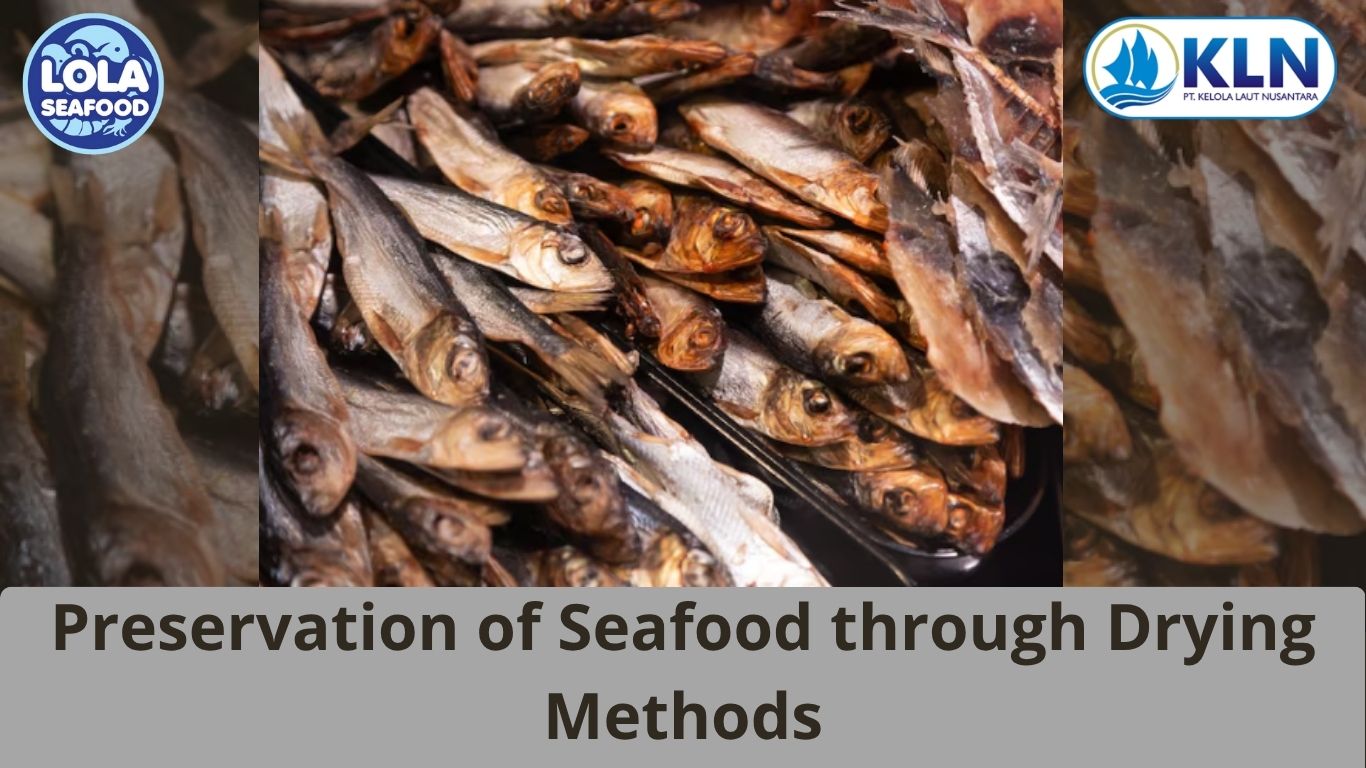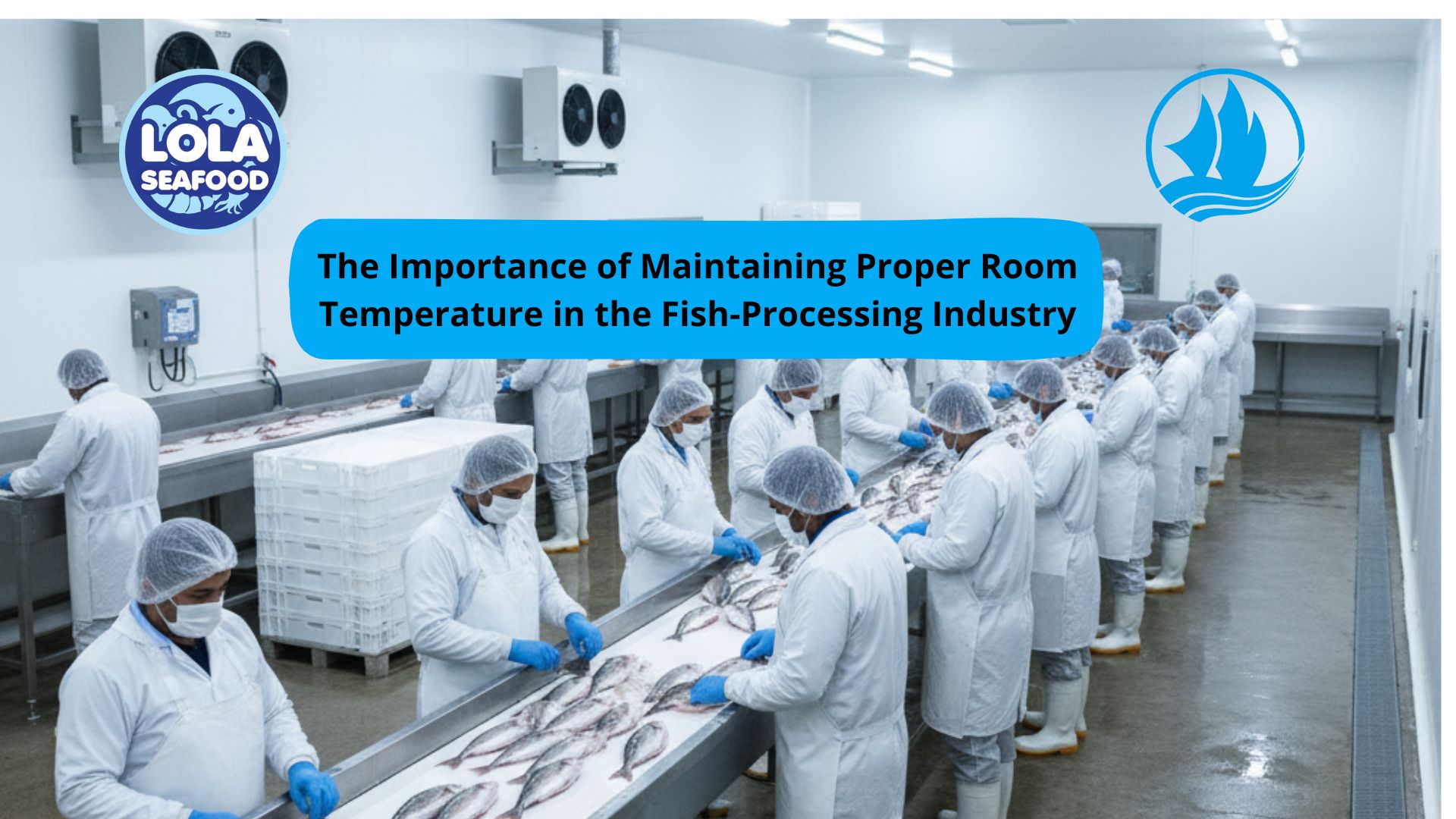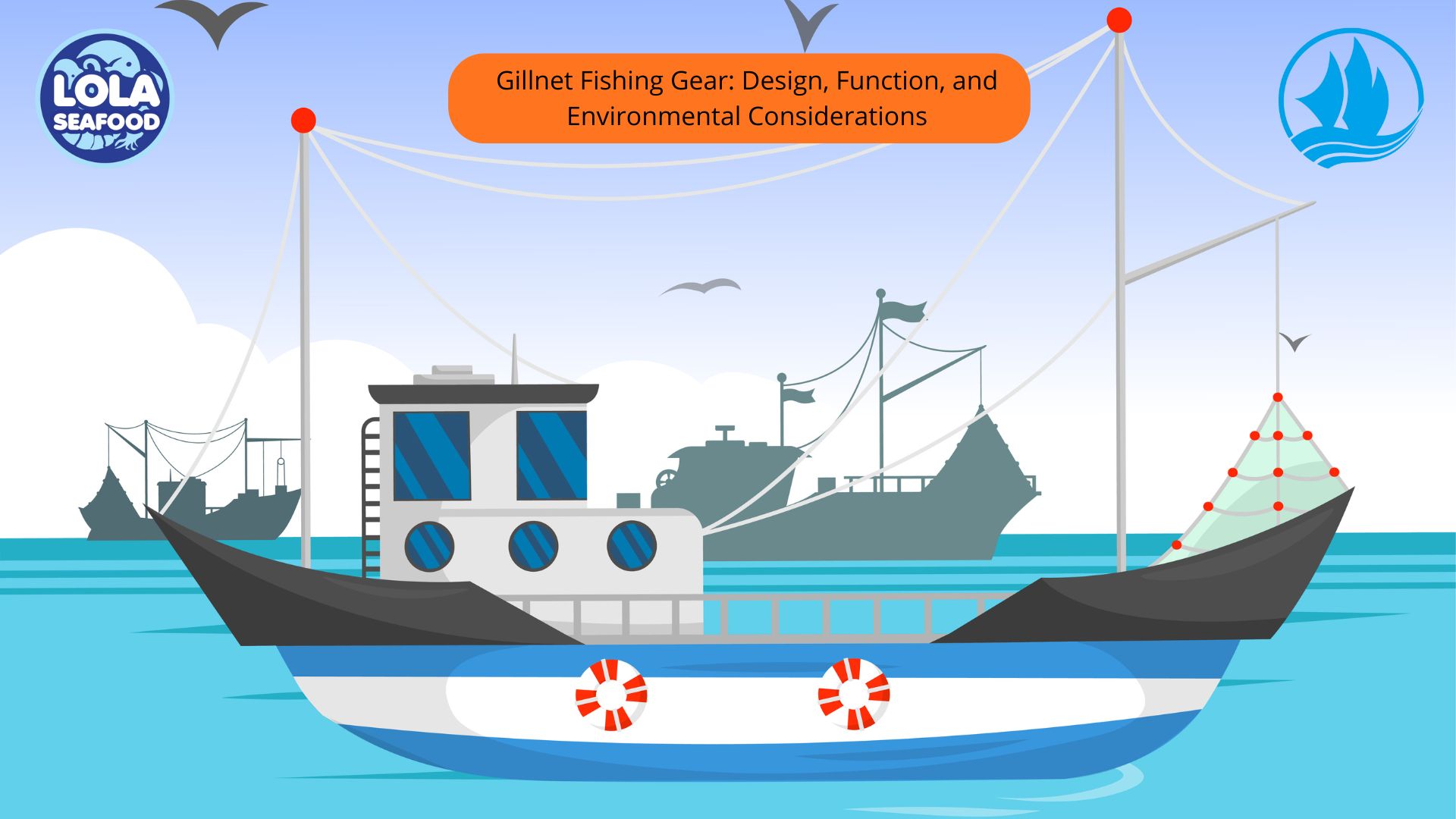Preservation of Seafood through Drying Methods
By. Kusni - 06 Oct 2025
Kelolalaut.com Seafood is one of the most perishable food commodities due to its high water content, delicate muscle structure, and rich nutrient composition that makes it highly susceptible to microbial spoilage and enzymatic degradation. To extend its shelf life and ensure food security, traditional and modern preservation methods have been developed, one of the oldest being drying. Drying is a simple yet effective preservation technique that reduces moisture levels in seafood, making the environment unsuitable for microbial growth and slowing chemical reactions that cause deterioration.
The Principle of Drying in Seafood Preservation
Drying works by removing free water from fish, shrimp, squid, and other seafood products. Water activity (aw) is a key factor in food spoilage, as most bacteria, yeasts, and molds require certain moisture levels to thrive. By lowering water activity through drying, microbial growth is inhibited, and enzymatic activities that cause rancidity or texture degradation are slowed. In addition, drying significantly reduces the weight and volume of seafood, which improves storage efficiency and reduces transportation costs. Dried seafood can last for weeks or even months without refrigeration, making it an ideal preservation technique in regions with limited access to cold chain facilities.
Traditional Drying Methods
Historically, sun drying has been one of the most common methods used to preserve seafood.
- Sun Drying: Fish or shellfish are cleaned, salted, and laid out in open areas to dry naturally under sunlight and air circulation. This method is low-cost and sustainable, but it depends heavily on weather conditions and carries risks of contamination by insects, dust, or animals.
- Air Drying: In coastal areas with strong winds, seafood is sometimes dried in shaded, well-ventilated environments. Air drying provides better protection from direct sunlight, which can cause discoloration, but drying rates may be slower.
These traditional methods continue to be used today, particularly in small-scale fisheries and local markets.
Modern Drying Techniques
Advances in food technology have led to the development of more controlled and hygienic drying systems:
- Mechanical Drying: Using hot air dryers, seafood can be dehydrated under controlled temperature and airflow conditions. This ensures uniform drying, reduces contamination risk, and speeds up the process compared to sun drying.
- Freeze Drying: This high-end technique involves freezing seafood and then removing moisture through sublimation under vacuum. Freeze-dried seafood retains better texture, flavor, and nutritional quality, though the equipment and costs are high.
- Spray and Drum Drying: These methods are often used for seafood by-products such as fish protein hydrolysates or shrimp shells, producing powders used as ingredients in animal feed or functional foods.
- Hybrid Methods: Some producers combine salting, smoking, and drying to enhance flavor while extending shelf life. For example, smoked-dried fish is both dehydrated and infused with antimicrobial compounds from smoke.
Role of Salting in Drying
Salting often accompanies drying as a pre-treatment. Salt draws out water through osmosis, lowering water activity even before drying begins. This step also improves flavor and enhances preservation by inhibiting microbial growth. Salted-dried fish such as cod (bacalhau) or anchovies are popular examples of this practice.
Benefits of Drying Seafood
Drying provides several advantages as a preservation method:
- Extended Shelf Life: Dried seafood can last for months without refrigeration.
- Reduced Weight and Volume: Easier storage and transport compared to fresh or frozen products.
- Nutrient Retention: Proper drying methods preserve proteins and minerals, although some heat-sensitive vitamins may degrade.
- Value Addition: Dried seafood has unique flavors and textures that are highly demanded in many culinary traditions.
- Sustainability: Drying is energy-efficient, especially when using renewable sources such as solar dryers.
Challenges and Limitations
While drying is highly effective, several challenges must be addressed to ensure safety and quality:
- Microbial Contamination: Poor drying conditions can lead to mold growth or pathogen survival.
- Quality Changes: Over-drying or exposure to high heat can make seafood too hard, brittle, or darkened in color.
- Nutrient Loss: Vitamins such as A and C may degrade during prolonged drying.
- Consumer Preference: Some markets prefer fresh or frozen seafood over dried products.
To overcome these challenges, modern seafood processors use controlled drying systems combined with proper hygiene, packaging, and storage.
Drying remains one of the oldest yet most effective methods for preserving seafood. From traditional sun drying to advanced freeze drying, the process works by lowering water activity, thus preventing microbial spoilage and enzymatic degradation. Although challenges such as contamination and nutrient loss exist, modern drying technologies and good manufacturing practices can ensure safe, nutritious, and high-quality dried seafood. This method not only extends shelf life but also adds value, reduces food waste, and supports food security in regions where refrigeration is limited.
If youre interested in our Giant Trevalley Fillet Skin On and Giant Trevalley Whole Round please do not hesitate to contact us through email and/or Whatsapp
.jpg)

.jpg)




.jpg)